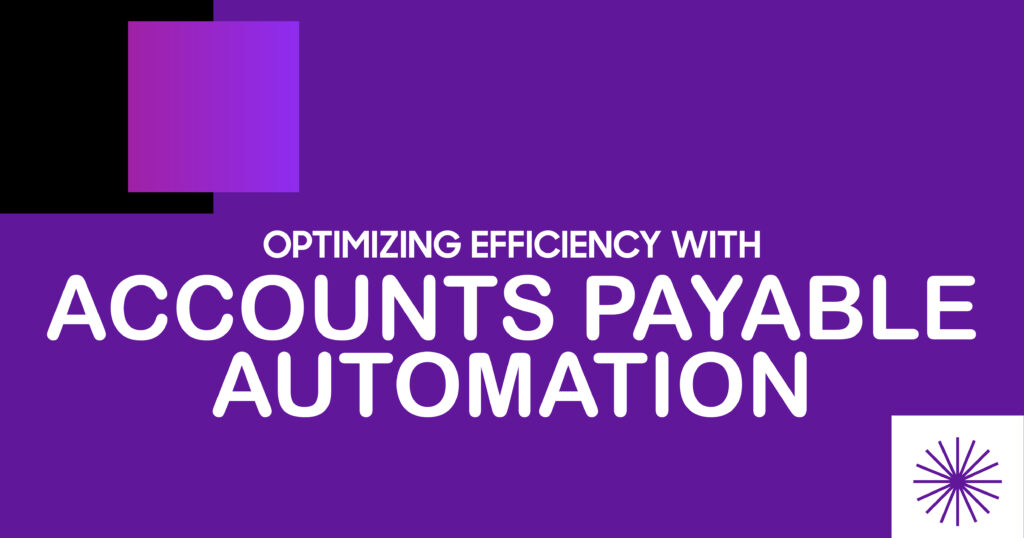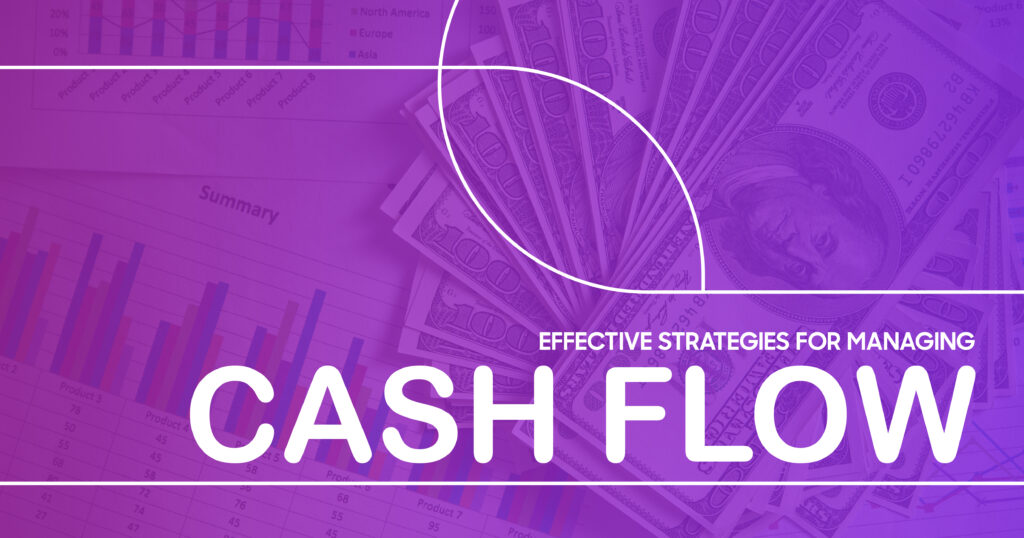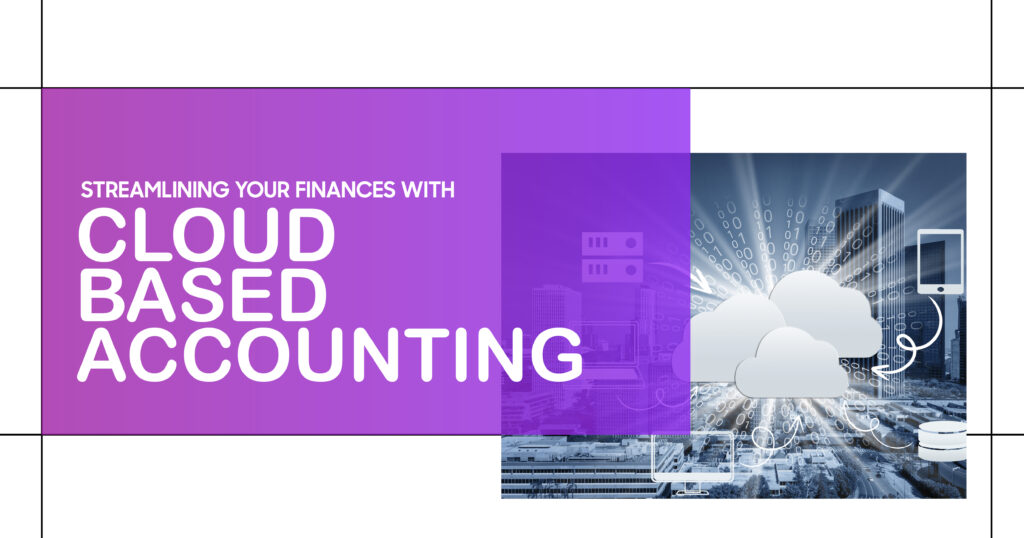Accounts payable (AP) has traditionally been a time-consuming and error-prone function within finance departments. Manual processes such as entering invoice data, reconciling payments, and managing vendor communications can lead to delays, errors, and inefficiencies. However, with the rise of accounts payable automation, businesses are unlocking new levels of efficiency, accuracy, and financial control.
By automating invoice processing, payment approvals, and financial reporting, companies streamline workflows, strengthen vendor relationships, and gain real-time insights into their cash flow. According to an Ardent Partners report, 62% of businesses cited invoice processing as their top challenge before adopting automation, highlighting the urgent need for digital transformation in AP.
Unlocking Efficiency with Accounts Payable Automation
Accounts payable automation refers to the use of AP software and technology tools to streamline the end-to-end AP cycle, including invoice receipt, approval workflows, and payment execution. Instead of relying on paper invoices and manual entry, businesses leverage automation to improve speed, accuracy, and compliance. Key advantages of AP automation are as follows:
- Faster invoice approvals and payment cycles
- Reduced manual data entry errors
- Real-time financial visibility for better decision-making
- Enhanced vendor satisfaction through timely payments
- Lower operational costs by reducing paper and labor-intensive processes

The Importance of Invoice Processing in Modern Business
Invoice processing is often the most time-intensive part of AP. A manual system requires staff to open, enter, verify, and route invoices for approval. Automation eliminates these repetitive tasks by digitizing invoices and using tools such as optical character recognition (OCR) and electronic invoicing.this is how invoice processing automation improves efficiency
- Faster Approvals: Automated routing ensures invoices reach the right approver instantly.
- Lower Error Rates: OCR reduces manual keying errors by extracting data automatically.
- Improved Compliance: Electronic trails provide transparency and support audits.
- Cost Savings: AP automation reduces invoice processing costs by up to 80% .
Streamlining Payment Automation for Improved Cash Flow
Payment delays can strain vendor relationships and disrupt cash flow. With payment automation, companies can schedule, approve, and execute payments electronically, reducing the reliance on paper checks and manual approvals. Benefits of Payment Automation
- Improved cash flow management with real-time visibility of outgoing payments
- Enhanced security with digital approval workflows and fraud detection
- Flexibility in payment methods (ACH, wire transfer, virtual cards)
- Ability to capture early payment discounts and avoid late fees
Manual vs Automated Payment Processing
One of the clearest indicators of progress in accounts payable is the shift from manual to automated payment processing. Traditional methods such as paper checks and manual approvals are not only time-consuming but also prone to errors and delays that can disrupt cash flow and strain vendor relationships. In contrast, automated systems streamline the entire process, providing speed, accuracy, and visibility that manual methods cannot match.
The comparison below highlights the key differences between manual and automated payment processing:
| Feature | Manual Payments | Automated Payments |
| Processing Speed | Slow, dependent on paper checks | Fast, electronic transfers |
| Accuracy | Prone to human error | High accuracy via validation tools |
| Visibility | Limited, often delayed reporting | Real-time cash flow tracking |
| Vendor Satisfaction | Risk of late payments and disputes | Consistent, timely payments |
| Cost | Higher due to check printing & mailing | Lower with digital processing |
Leveraging AP Software for Seamless Operations
AP software centralizes the accounts payable function into a single platform. This eliminates silos between departments and ensures that all stakeholders—finance teams, managers, and vendors – have visibility into the payment cycle.
How AP Software Enhances Seamless Operations
- Central dashboard for invoice status, pending approvals, and payment schedules
- Integration with ERP systems for streamlined financial management
- Configurable workflows that adapt to organizational policies
- Cloud-based access for remote teams and global operations
Enhancing Accuracy with Electronic Invoicing
Electronic invoicing (e-invoicing) has become a global standard, with governments in over 50 countries mandating e-invoices for tax compliance. Beyond compliance, e-invoicing significantly improves accuracy by eliminating paper invoices and manual entry. The benefits of Electronic Invoicing are as follows:
- Fewer data entry errors with structured digital formats
- Reduced processing costs by eliminating paper and postage
- Faster approvals and payments
- Stronger fraud prevention with secure electronic submissions
Traditional Invoicing vs Electronic Invoicing
As businesses strive for greater efficiency, the shift from paper-based invoicing to electronic invoicing has become a defining factor in accounts payable transformation. Traditional invoicing relies heavily on manual entry, paper trails, and physical storage, which not only increases costs but also slows down approval cycles and raises the risk of errors. Electronic invoicing, on the other hand, leverages digital formats and automation to speed up processing, enhance accuracy, and reduce environmental impact.

The table below highlights the key differences between traditional and electronic invoicing:
| Aspect | Traditional (Paper) Invoicing | Electronic Invoicing |
| Processing Time | 10–15 days on average | 3–5 days or less |
| Cost Per Invoice | $12–$30 | $3–$6 |
| Error Rate | High, manual keying errors | Low, structured formats |
| Audit Readiness | Difficult, paper storage needed | Easy, digital records |
| Environmental Impact | High paper usage | Sustainable, paperless |
Strengthening Vendor Management through Automation
Vendors are vital to business operations, and timely, accurate payments build strong partnerships. Accounts payable automation supports vendor management by improving communication, reducing disputes, and ensuring reliable payments.
How Automation Improves Vendor Management
- Vendors can track invoice status in real-time through portals.
- Automated payments increase trust and reduce disputes.
- Timely payments help secure discounts and favorable terms.
- Centralized data enables better negotiation with vendors.
Optimizing Financial Reporting with Advanced Tools
Financial reporting is critical for decision-making, but manual processes often result in delayed or inaccurate reports. AP automation provides real-time reporting dashboards that help businesses track spending patterns, manage budgets, and forecast more effectively.
Benefits of Automated Financial Reporting
- Instant access to reports on spend categories and vendor payments
- Accurate data consolidation across multiple departments
- Enhanced compliance with audit-ready records
- Better decision-making with predictive analytics
Revolutionizing Expense Management with Technology
Expense management can overwhelm finance teams, especially in large organizations with multiple employees submitting receipts and reimbursements. Automated expense management tools streamline submission, approval, and reimbursement processes. Advantages of automated expense management
- Mobile apps for receipt capture and real-time submissions
- Automatic policy enforcement reduces fraudulent claims
- Faster reimbursements improve employee satisfaction
- Integration with AP systems for consolidated financial oversight
Workflow Automation: The Future of Accounts Payable
The future of AP lies in workflow automation, where every step of the AP cycle – invoice intake, approval, payment, and reconciliation, is seamlessly integrated. Gartner predicts that by 2025, 80% of AP processes will be automated, reducing operational costs and freeing finance teams to focus on strategy. How workflow automation shapes the future:
- AI-driven fraud detection ensures secure transactions.
- Machine learning improves invoice matching and anomaly detection.
- Integration with predictive analytics for proactive cash flow management.
- Fully digital audit trails enhance compliance and transparency.
Empower Your Finance Operations with Indigo
Ready to transform your accounts payable process? Indigo provides advanced automation solutions that streamline invoice processing, simplify vendor management, and enhance workflow efficiency. By reducing manual errors and accelerating approvals, Indigo helps businesses maintain stronger cash flow and gain real-time visibility into financial performance. From invoice capture to secure payments, every step is designed to bring precision and control to your operations.
Discover how Indigo can optimize your accounts payable cycle and unlock greater efficiency. Visit Indigo Billing today to learn more and take the first step toward a smarter, more seamless financial future.
FAQs
- How does invoice processing automation improve efficiency in modern business operations?
Automating invoice processing reduces manual data entry, speeds up approval workflows, and lowers error rates. This not only cuts costs but also provides faster visibility into financial commitments.
- What are the benefits of payment automation for maintaining a healthy cash flow?
Payment automation ensures timely and accurate payments, reducing late fees and capturing discounts. It also provides real-time visibility into outgoing payments, strengthening cash flow control.
- How can AP software enhance the seamlessness of accounts payable operations?
AP software consolidates invoice tracking, approvals, and payments into one platform. By integrating ERP systems, this enables smooth coordination between finance teams, vendors, and management.
- What role does electronic invoicing play in increasing accuracy and reducing errors?
Electronic invoicing eliminates manual data entry, standardizes formats, and reduces processing costs. It ensures faster approvals and creates secure, audit-ready digital records.
- How can workflow automation shape the future of expense management in accounts payable?
Workflow automation uses AI and machine learning to speed up expense approvals, enforce compliance, and detect anomalies. This enhances accuracy, reduces fraud, and supports faster reimbursements.












